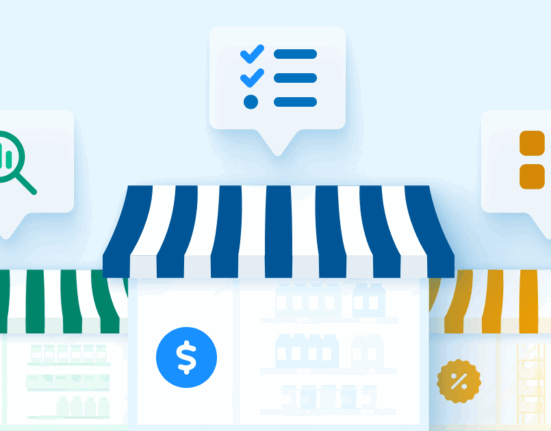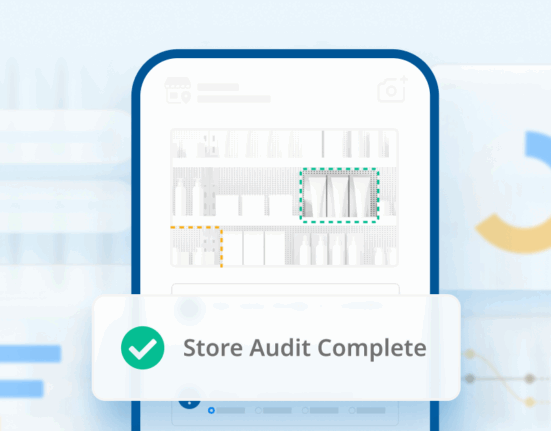Picture this: you want to brush up on your ping pong skills and decide it’s time to reinvest in a new pair of paddles to get the ball rolling. So, you turn to online shopping.
You find the paddles you want, a pack of balls, and you’re about ready to check out.
Then, suddenly, you see a recommendation: a book to help you improve your ping pong game. You sure could use it, it’s been a while since you’ve played and you’re a little rusty. You go ahead, purchase it, and begin your training to become a ping pong champion.
You have just been influenced by upselling.
What Is Upselling?
Upselling is a sales tactic often used by retailers where customers are offered add-ons that are related to the products they’re already purchasing.
An example of this is a warranty being offered on big-ticket items at checkout. Purchasing this warranty helps the customer if anything goes wrong with the product and gives the retailer higher sales than they would have had otherwise.
What Is Cross-Selling?
Similar to upselling, cross-selling is a sales tactic that involves offering a related or complimentary product or service to a shopper that the item they’re purchasing doesn’t cover.
For example, a bank might offer a credit card to someone opening a checking account, or an insurance agent may try to sell life insurance to someone purchasing car insurance.
Cross-selling works to introduce shoppers to products and services they might’ve been unaware that you offered.

The Difference Between Upselling and Cross-Selling
The terms upselling and cross-selling are sometimes used interchangeably in retail conversations, but there are actually a few key differences between them. If you ever hope to use either of these strategies in your sales, then it’s important that you know what these differences are.
Upselling is when you try to sell the customer a more expensive product with the same qualities as the product they were originally going to purchase, whereas cross-selling offers the customer an add-on that brings additional capability to the original product.
One of the best examples of this can be seen in fast food. Imagine you’re in the drive-thru getting a burger. The employee asks you, “Would you like to upgrade that to a large?” This is an upsell. Or, they might ask, “Would you like fries with that?” This is a cross-sell.
How Upselling and Cross-Selling Can Benefit You
Upselling and cross-selling can both make a huge difference in your sales. In fact, according to B2B Marking Zone, companies gain 77 percent of their revenue from current customers who have been influenced by these strategies.
With that in mind, it’s easy to see how upselling and cross-selling are a must. But how exactly does it benefit you?
No. 1: Personalizes the Customer Experience
Customers are constantly craving a personalized experience and are more likely to have positive interactions with retailers that cater to their preferences.
Put yourself in the shoes of the shopper. You’re browsing a website, looking for a product that you desperately need. You find what you want and as you make your way to checkout, a suggestion pops up for a product that perfectly complements your needs.
You didn’t even think to look for that or know that this retailer sold it! You decide to add the additional product to your cart, check out, and your experience feeling seen, understood, and taken care of.
Positive shopping experiences like this are what create strong and loyal customer relationships.
No. 2: Optimizes Sales Value
According to Invesp, the probability of selling to an existing customer is 60 percent to 70 percent, while the chances of selling to a brand-new customer are only 5 percent to 20 percent. Knowing this, it’s easy to understand why you should focus on your existing customers first.
This is where upselling and cross-selling come in. Both strategies focus on adding profit to a pre-existing sale, as well as creating loyal customers that will repeatedly make more purchases.

No. 3: Convenience and Flexibility for Shoppers
Upselling and cross-selling work so well for retailers because of the value it brings to customers. Happy shoppers equal a flourishing business.
By providing your customers with a one-stop-shop experience, where they can go to a retailer and find every product they need, you’ve shortened their customer journey. Shoppers don’t want to have to do a bunch of research and second-guess their product choices. The smoother you can make their experience, the better.
With cross-selling, you ensure they don’t forget any items that might have been crucial and save them the headache of coming back. There is a mutual benefit for you and shoppers because they will make all of their purchases with you, increasing profits.
Upselling and Cross-Selling Best Practices
There are several points throughout the customer journey where you can implement upselling and cross-selling techniques. But there are some best practices you can follow to know when the best time is for you.
No. 1: Know Your Audience
It’s important that you gather as much information about your customers as possible, be that through surveys, building buyer personas, or social media.
Using this information, you can begin to understand their buying motivations and predict what projects they might be working on and what other products could be useful to them. This allows you to cross-sell them the perfect items to complement their purchase.
It’s crucial that you can accurately predict which products to suggest to your shoppers that will bring them, and you, the most value.
No. 2: Map Out Customer Journeys
Knowing where your shoppers are at in their journey can tell you when the best time is to offer them upsell or cross-sell options. You should know how they plan on using your products so you can provide them with the best options.
If your strategies are successful and the customer goes home, uses your suggested products, and has a positive experience, they are more likely to share their positive experiences with others, driving up referrals.
Successful interactions with your store will create a trusting relationship with your customers that leaves them receptive to suggestions and higher priced purchases.
It’s important that you wait until the shopper is in a position where they will be excited about your upsell or cross-sell suggestions. Otherwise, these options could come across as money-grabbing and annoy the shopper into abandoning their cart.
No. 3: Predict Customer Problems & Offer Solutions
Part of executing successful upselling and cross-selling techniques is being able to predict an issue a customer might run into and offer solutions before they can even encounter them.
For example, if a shopper is about to purchase some paint rollers, you might predict that they’ll need a paint tray or some painter’s tape to make their project run smoother. These are the items you would offer them at checkout. You might also offer them paint rollers that are larger, come with more refills, or are of higher quality. Any of these things could help solve their potential problems before they even happen.
It’s crucial that you can accurately predict which products to suggest to your shoppers that will bring them, and you, the most value.
Upselling and cross-selling are rarely straightforward strategies. Executing these techniques correctly takes precise timing, research, and deep understanding of your customers. Despite all of this, it’s worth it. If your business isn’t upselling and cross-selling, it’s actively losing out on profit.
Editor’s Note: Contributing writer is Min-Jee Hwang. This post was originally published in June 2015 and has since been updated and refreshed for readability and accuracy.










2 Comments
Comments are closed.